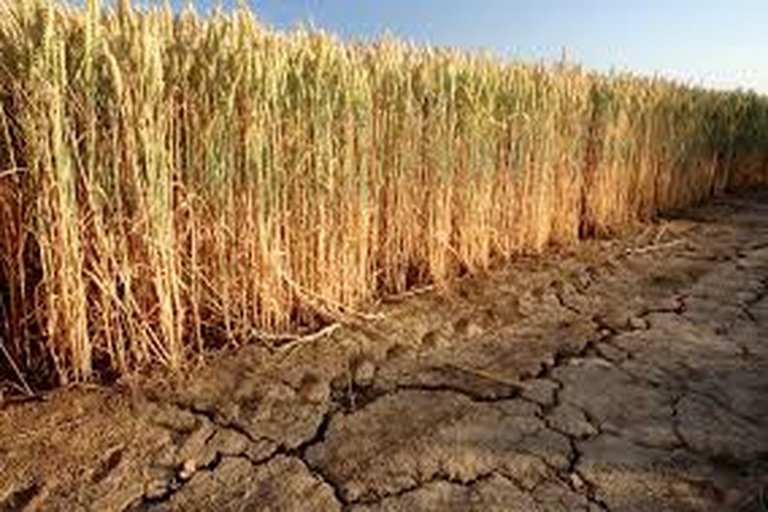Eco & Environment
Drought-Hit Farmers Turn to Solar-Powered Water Systems
In response to record dry spells, rural communities are adopting solar-powered irrigation to sustain crops and livestock, dramatically reducing dependence on diesel and preserving scarce water resources.
2025-05-17 • By Marcus Holloway

In the heart of New South Wales’ parched farmland, solar panels now dot the dry horizon where diesel pumps once sputtered. Facing years of unpredictable rainfall and rising fuel costs, farmers across the region are turning to solar-powered water systems as a lifeline for their crops and livestock.
Gundagai-based farmer Elise Connors installed her first set of solar pumps in early 2023. 'We were hauling water every second day,' she said. 'Now, the solar system feeds directly into our tanks from the bore, and the cost difference is staggering.' What was once a weekly fuel bill of $700 has dropped to nearly zero.
The technology is simple but impactful: solar panels generate electricity to power water pumps, drawing groundwater to irrigate fields or fill storage tanks. Because the systems can function autonomously in remote locations, they’re especially suited for vast Australian farms.
According to the National Farmers’ Federation, interest in off-grid renewable systems has tripled in the past two years. Many attribute this shift not only to economics, but also to a growing awareness of environmental responsibility. 'There’s a cultural change happening,' noted energy consultant Graeme Holton. 'These farmers are proving green tech isn't just for the city.'
The transition hasn’t come without challenges. Initial installation costs can reach $30,000 or more, and government rebates vary by state. But long-term savings and lower maintenance needs are winning over skeptics. Newer systems also feature remote monitoring tools, enabling farmers to track water levels and performance via smartphone.
In drought-prone areas like Bourke and Cobar, the change is tangible. Farmers report improved yields and healthier livestock. 'We used to lose lambs in the summer due to heat stress and low water,' said station manager Declan Wright. 'That hasn’t happened since we went solar.'
Critics caution that reliance on groundwater must still be carefully managed. 'Just because pumping is easier doesn’t mean we can afford to overdraw,' warned hydrologist Dr. Nina Webb. She urges continued regulation to protect aquifers already strained by climate extremes.
The success of solar water systems has led to new pilot programs integrating battery storage, allowing irrigation during cloudy days or early mornings. Industry analysts believe the combination of falling panel costs and rising climate pressure will further accelerate the adoption.
Back on her property, Elise Connors is already looking to expand. 'We’ll be adding a second array for our eastern paddocks. The land is tough out here, but we’re adapting. Solar has given us more than just water — it’s given us back our resilience.'
